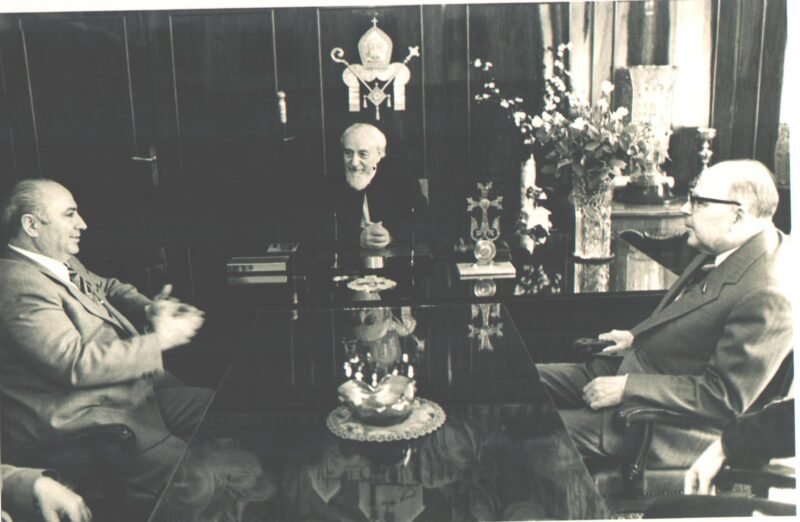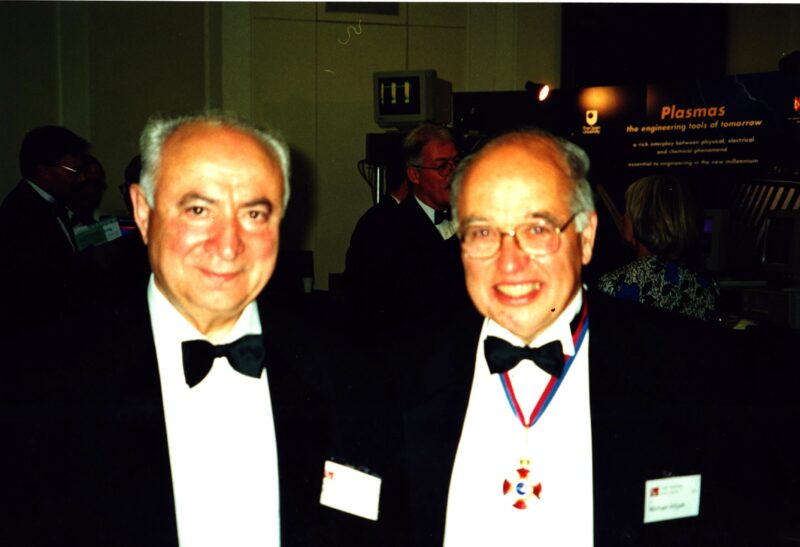By Ruben Mirzakhanyan
The director of the Yerevan Research Institute of Mathematical Machines, General Fadey Sargsyan, together with the director of the Yerevan Brandy Factory, Mikhail G. Khanoyan, undertook and carried out an operation unprecedented in its audacity and courage in Soviet times, the secret, unauthorized removal of the Armenian khachkars or cross-stones of Julfa from the border zone in the Nakhichevan Autonomous Republic of Azerbaijan.
These khachkars of the largest surviving medieval cemetery in the world were already declared to be Caucasian Albanian by Azerbaijanis and were loaded by the Azerbaijani authorities onto a truck with Armenian numbers for further destruction. These were the khachkars that were included in the UNESCO World Cultural Heritage List.

Did Fadey Sargsyan foresee that years later, in 2006, there would be no remnants of the cemetery, the remaining thousands of khachkars would be demolished, and the Azerbaijani authorities would forbid the commission of the European Parliament to inspect the historic Armenian cemetery? We will never know. Nevertheless, what led Fadey Sargsyan, the director of the most secret and significant scientific research institute in Armenia, at that time to risk losing everything. I think, in fact I am relatively sure, it was his patriotism, boundless love for his own people, and a sense of responsibility towards his ancestors and descendants. The biblical name Fadey (Thaddeus) was given to Sargsyan in honor of his grandfather – the clergyman Father Tatevos, the spiritual pastor of the Nakhichevan diocese who was a recipient of various governmental awards of the Russian Empire. What a unique power of succession! How great is the sense of duty among outstanding people!
Early Successes
Fadey Sargsyan, whose centenary will be celebrated on September 18, 2023, was born in Yerevan to a large family of utterly modest material resources. After graduating from high school in 1940, he entered the construction department of the Yerevan Polytechnic Institute. Sargsyan always distinguished himself academically at school, the institute, and the Academy. One year later, he was admitted to the Leningrad Military Electrotechnical Academy. Having brilliantly passed the exams for the second year as an external student (there was a condition: only those who completed at least the second year could be students of the Academy), the future general became a cadet. The war broke out. The Academy moved to Tomsk.
















